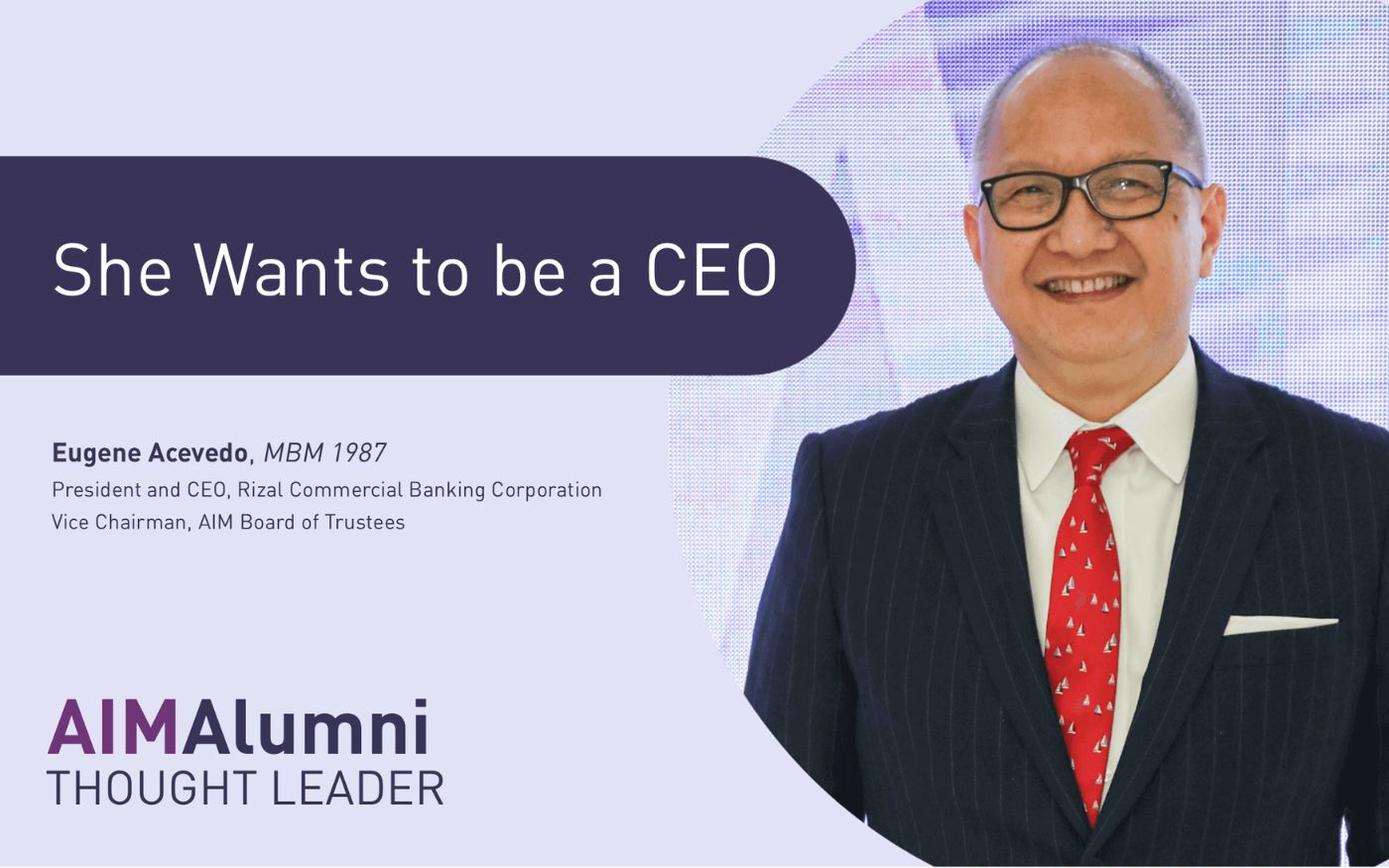Written by: Marlon Young (MBM 1979), Co-founder, TAIQ™; Senior Advisor and Associate Partner, Cambridge Family Enterprise Group; Executive-in-Residence Faculty of AIM
Source: www.CFEG.com
About the author: https://cfeg.com/bios/marlon-young/
There are three basic phases in the evolution of family business ownership. First is the controlling owner stage. This transitions to sibling partnerships, and then, finally, to the cousin consortium stage, when the responsibilities and issues related to ownership become most complex.
Common challenges in this last stage include accepting branch differences, managing increased geographic dispersion of family members, and integrating different lifestyles, among other things. Often overlooked is a less obvious but equally fraught condition: age differences between cousins with ownership control of the family business.
In our practice at the Cambridge Family Enterprise Group, this challenge is amplified when there is a significant (20-year or more) age difference among cousins. This constitutes a generational gap, and it often gives rise to starkly divided viewpoints and expectations for how cousin family owners should work and make decisions together. The youngest cousins communicate and view change differently than elder cousins. They sometimes push against the traditional organizational framework that defines the family business. Norms of respect and sense of duty vary across generations.
Getting in front of these interpersonal friction points and addressing them early reduces future tensions and makes room for greater prosperity. To do this requires two things:
Steady mindfulness of generational differences between cousins.
Focused efforts on conscious inclusion, which assures older cousins don’t dismiss the contributions of younger cousins and vice versa.
We have identified several realms where a generational age difference among cousins tends to be particularly challenging. These are outlined below along with tools and examples that can be used to navigate the challenge.
Use of technology
Given the acceleration of technological change today, the difference in digital literacy between cousins has never been more pronounced. For the youngest cousins, technology means flexibility. “Digital natives” are generally more connected, more switched-on, and more tech literate than elder cousins. How the family business chooses to embrace the opportunities in cutting-edge technology is an essential question for the youngest cousins. Meanwhile, elder cousins are often more set in their ways; they are 20- or 30-year veterans of the business and can be dismissive of new technology. To bridge this divide, families must focus on developing a culture of innovation and creating a forum in which business cases for new technologies are fairly heard and discussed.
Example: Bennett Safety Supply
Bennett, a wholesale safety supplies business, started in the 1930s and is now a fourth-generation cousin owned family business. The older cousins have been focused on product diversity and distribution networks, and, while the business has been consistently profitable, it also maintains a large amount of inventory; inventory audits historically required shutting down the business for two to three days. Two younger cousins who recently joined the family business introduced cloud computing to the senior cousins as a new method to control inventory. This new enterprise resource planning solution has consolidated several different practices and helped the company manage its core business processes. This innovation has also opened up new opportunities with an ecommerce website, a mobile site, a retail storefront, and a large warehouse. Without cloud-based technologies, the business wouldn’t have been able to simultaneously manage all of these channels.
Open communication:
Age is sometimes, but not always, a predictor of knowledge. Because young cousins may know far more about certain topics than elder cousins, information sharing must be a two-way street. This runs against some standards, still in place, in which it is the job of the younger generation to listen to and learn from the older generation. To break this habit, it is first essential that the elder cousins make clear, through word and action, that they are open to hearing new ideas. The younger cousins, on the other hand, need to appreciate the elder cousins have many more years of work and life experience from which to draw. In the end, focus on what matters to the business, not to your ideas of tradition; invite careful thought; listen actively to each other.
Adapting to the future
There is a common assumption—a stereotype, really—that elder cousins hate change and younger cousins thrive off of change. This is simply wrong. In general, people of all ages are uncomfortable with change. This resistance is mitigated when family members understand the need for change, how they will benefit from it, and that they will be involved in creating new ways of doing things.
That said, it is often true that coming around to a new idea takes longer with the elder generation, which tends to be more risk averse. And yet consensus-building on important priorities is essential to maintaining value in the family business. As with new technologies, new directions for the family business should be given a forum of their own in which potential futures are explicitly presented and discussed. Cousins of different ages should sit together on an internal innovation committee to talk about risks and prospects on the horizon. Outside consultants and speakers, not necessarily within the same industry, should be hired to offer unique perspectives and help “stress test” the current business model. All of this work is about generating new ideas and, equally, illuminating the priorities of individual owners.
Collaboration despite generational age difference
Cousins are not like siblings. They did not typically grow up together; they come from different branches of the family and often possess very different social and cultural backgrounds. Perspectives vary wildly, as do leadership styles. This variation can be harnessed to create rich and productive collaborations, but it requires concerted effort. Absent that, such differences can be deeply divisive. Family businesses must establish, foremost, psychological safety to realize the potential of diverse expertise. This means, among other things, harboring an inclusionary mindset: being intentionally open to and curious about new ways of doing things; being self-aware and unbiased and having the courage to speak out (politely) about different perspectives. To truly build strong collaborations, cousins must think in terms of diverse and complementary skills.
Example: Luca Finer Foods
Luca is a 60-year old specialty food business managed by third generation cousins. The older cousins have long focused on quality products and service, carving out a strong specialty foods niche reputation. The company expanded by offering private label products and purchasing a food distributor. A number of younger cousins with outside experience at large food manufacturers and distributors recently entered the family business. The older cousins engaged the younger cousins by making them members of their strategy and innovation committee. Through this forum, the younger-generation cousins prioritized sales representative training, modernized the business computer hardware, and implemented business budgeting software; the older generation meanwhile focused on product development and improved manufacturing productivity. Luca Finer demonstrates how the younger generation can be delegated distinct, meaningful roles within the business that complement intergenerational skills.
In short, cousins need to develop and recognize the unique value of each individual, regardless of age, as well as the synergy that can be created between cousins with varied backgrounds. For the youngest cousins, approach the elder cousins with respect and humility and bring them along with a willingness to compromise and work together. Elder cousins, in turn, must make every family member regardless of age feel engaged and valued. A powerful sense of unity develops when cousins rally around a common vision, purpose, or goal. That unity translates into a better and deeper relationship among the family group.





